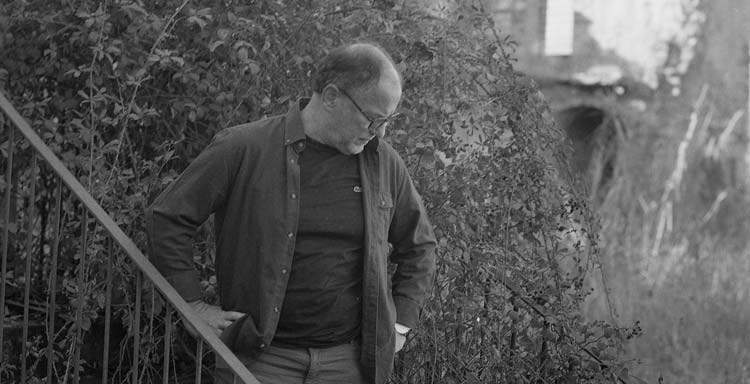On Thursday, Nov. 17, at 6:30 p.m., XNL Piacenza, the contemporary art, film, theater and music center of Fondazione di Piacenza e Vigevano presents Le (mie) storie dell’arte, a series of art history lectures conceived and narrated by contemporary artists, which for this first cycle features Adrian Paci. Le ( mie) storie dell’arte stems from the desire to involve international artists in a journey of research and discovery of the many stories that a single work of art can tell. The artist, subject of a story and author of the tale, is invited to enhance through his or her experience the work of other “fellow travelers” from the past and present. Each year an artist will give a series of five lectures, accompanied by meetings and talks and then collected in a final publication.
Acclaimed on the international scene, since the late 1990s Adrian Paci (born 1969 in Shkodra, Albania, lives in Milan) has developed an artistic practice that includes video, film, painting, photography and installation. One of the central themes of his work is displacement, which he explores through representations of global migration with a metaphorical language as changeable as personal memory and the relationships between history, reality and the moving image. Paci belongs to a generation of artists who have embraced the concept of storytelling by combining narrative, formal rigor and social reflection to translate poetic and problematic visions of political and human transformations. In his early works, influenced by the cultural climate of former Soviet bloc countries after the fall of the Berlin Wall, the theme of immigration is combined with reflection on the role of images in narrating existences. Starting from this core-in which autobiography and culture overlap-the artist has expanded the boundaries of his work over the years, exploring universal themes such as loss, the movement of people in space and time, and the search for a human and geographical elsewhere.
With Paci and the artists who will follow him, art history enters the private sphere of the storyteller who, while not speaking directly about his work, feeds on his own biography to choose who or what to tell about, what order to give to the story, indirectly reflecting on the reasons why he chose the artist’s craft and on the work of art as a necessity.
The project, which looks to models of artist historiographical storytelling such as the Dia Art Foundation’s Artists on Artists lecture series, is motivated by a desire for new paths of reading across disciplines and generations, and to help underscore the inclusive power of contemporary art history in schooling. The voice of the artist and his or her unique point of view, the possibility of drawing inspiration from the past, at the same time a tool for interpreting a complex present, are the main axes for conveying meanings, themes and open questions about the meaning or non-sense of art, and for encouraging the audience to develop their own point of view.
The(My) Stories of Art wishes to generate a series of individual paths that enhance novel readings of a collective heritage of creative knowledge that, as English poet, critic and writer Herbert Read wrote as early as 1943, was and is “a fundamental model of social evolution.”
The first two lectures will be held Nov. 17 and Dec. 15 at 6:30 p.m., subsequent dates are being finalized. Free admission while places last. For information: info@xnlpiacenza.it or www.xnlpiacenza.it/xnl-arte
Pictured: Adrian Paci. Photo by Graziano Folata
 |
| Piacenza, an art history class with Adrian Paci |
Warning: the translation into English of the original Italian article was created using automatic tools. We undertake to review all articles, but we do not guarantee the total absence of inaccuracies in the translation due to the program. You can find the original by clicking on the ITA button. If you find any mistake,please contact us.